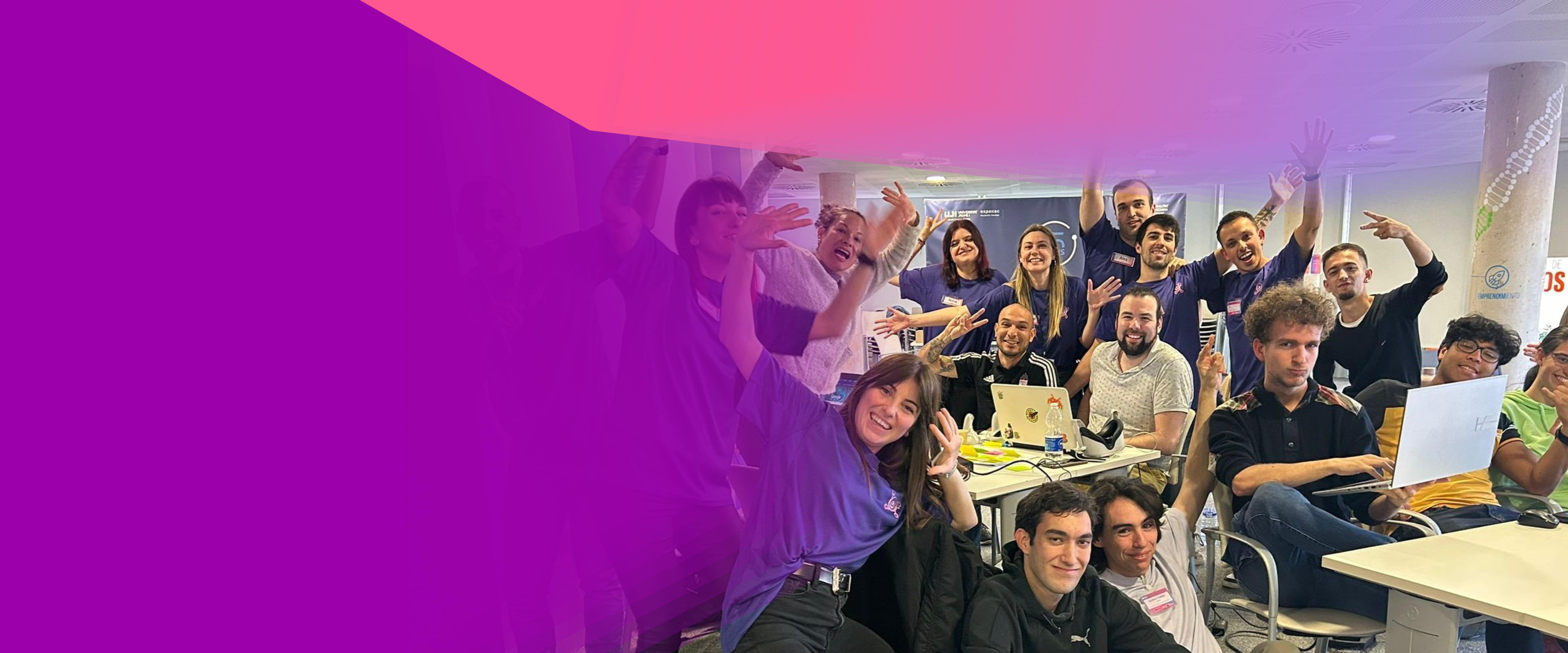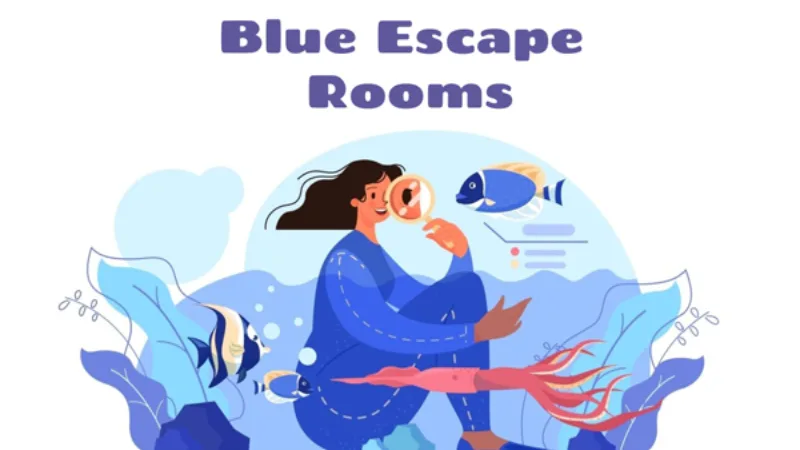FINALIST SOLUTION
Finalists for Beginner Awards: Social impact and Disruptive technology
Digital escape room: Algae Bob escapes from jail
Solution details
Our solution is a virtual escape room, which aims to 1) reinforce students' knowledge about algae, photosynthesis and eutrophication 2) highlight the fact that climate change and eutrophication negatively affect the fate of the Baltic Sea key species, the bladderwrack 3) show how aquaculture (algae farming) can help reduce eutrophication and mitigate climate change.
Tweet / Slogan
Dive into an abandoned jail to get out with Bob, the blackthorn algae, and discover why an old Art Nouvau-style building is the perfect place to grow the food, fertiliser, packaging and natural paint of the future.
Praetud kroksid
Context
Our problem is that the teaching of biology does not usually link, for example, the learning about single-celled organisms and algae to an ecological and economic context. With our interdisciplinary digital learning tool, we address this problem and show that the biggest challenge facing the Baltic Sea, eutrophication, can be mitigated by algae farming, which reduces phosphorus levels in water and eutrophication and also offers many opportunities for valorisation (in agriculture, construction, the toad industry).
Who Benefits?
The target groups are students in grades 6-9 + students in vocational schools (agriculture, food processing, etc.). They will gain new knowledge about the problems of the environment, the blue economy and possible jobs in aquaculture, as well as the potential of using algae in different economic sectors. The Virtual Escape Room is an immersive experience, where we also use 360-degree videos to show places where students would otherwise not be able to go. This will inspire them to choose jobs in the blue economy.
Impact
Our solution connects different areas of life and teaches interconnectedness and systems thinking. It highlights the positive solutions available to address environmental problems. Instead of focusing on the problem, we focus on the solution. The impact can be measured by the number of schools that adopt the game and integrate it into their curriculum.
Team work
- Miko Kohv is an enthusiast of unicellular organisms and plankton, who is gathering scientific information for the main character and the tasks - Kaisa Helena Holz is studying to be a baker, and through her we could develop the theme of food made from algae, so that our escape game could also be played in vocational schools - Emma-Mia Tammeveski's strength is creativity, and she would develop the design side of the game - Maria is the project manager, and she would control that the game is developed according to the learning objectives, and involve her contacts from educational networks in the distribution of the game. In addition: Miko, Kaisa and Emma-Mia are students themselves and they are the ones who can assess whether the game is interesting for the students. All of us are connected to the Tartu Nature House and have access to support from other Nature House professionals and students. For the students, it would be a great success story where the concept could be made a reality, whith them influencing the process. A possible problem could be that young people do not have enough time to develop solution outside school, but the coordination and guidance of an adult (project leader) can mitigate this.
The main steps to create a solution are:
1) Compiling scientific information on algae species, photosynthesis, eutrophication, aquaculture - we will involve scientists from the Estonian Marine Institute
2) Creating a game world: 360-degree videos of the flooded valley (we will contact some divers to get videos of the Rummu quarry) and algae cultivation (these videos can be filmed at the Estagar farm in Saaremaa). In addition, we would like to get drawings of characters and architecture in the style of Art Nouveau for the other scenes, as the discovery of single-celled organisms once inspired this style, and so we will add a cultural period aspect (easter eggs) to the game. To do this, we would need the help of an illustrator.
3) Creating tasks (different types of interactive tasks like quizzes, filling in gaps in the text, searching for clues in the room, etc., which can be done, e.g. with Genially, where you can choose 360-degree videos and drawings created as backgrounds.
4) Testing the game and making corrections if necessary.
5) Marketing the game through different educational networks (UNESCO schools, Green Schools).
Innovativeness
The solution is designed for young people, taking into account their age-appropriate interest in the choice of method (a detective-style escape room is replaced by a more sophisticated adventure concept). It combines different subject areas and is exciting for students with different interests (biology, chemistry, food education, art history).
Transferability
Yes, similar scenarios can be created, based on the fact that the activity takes place in a building that is not in use, and that building is repurposed in order to save resources and promote greener business and meet sustainable development goals. It is also important to highlight the cultural heritage aspect, i.e. historic buildings are not demolished.
Sustainability
In order to market our digital learning material, we are working with the UT Marine Institute and the algae farm to offer a prize draw to schools that take up the material to go on a class visit to the algae farm and the scientists' field base and dive in. As the topics we use in the content of the game are part of the national curriculum, we will include links to the curriculum in the description of the game and make the game available on platforms where teachers can access the teaching materials (Opiq, etc.).
As our game is quite easy to create (the hackathon organiser was also interested in it), we would like to make an adaptable version so that teachers and students can add other tasks to the game, such as digitally drawing and replacing their characters. We are showing that it is possible to create a digital learning tool for young people and that teachers in Estonia could use this method. To this end, we would also provide training for teachers on how to use the tools.

